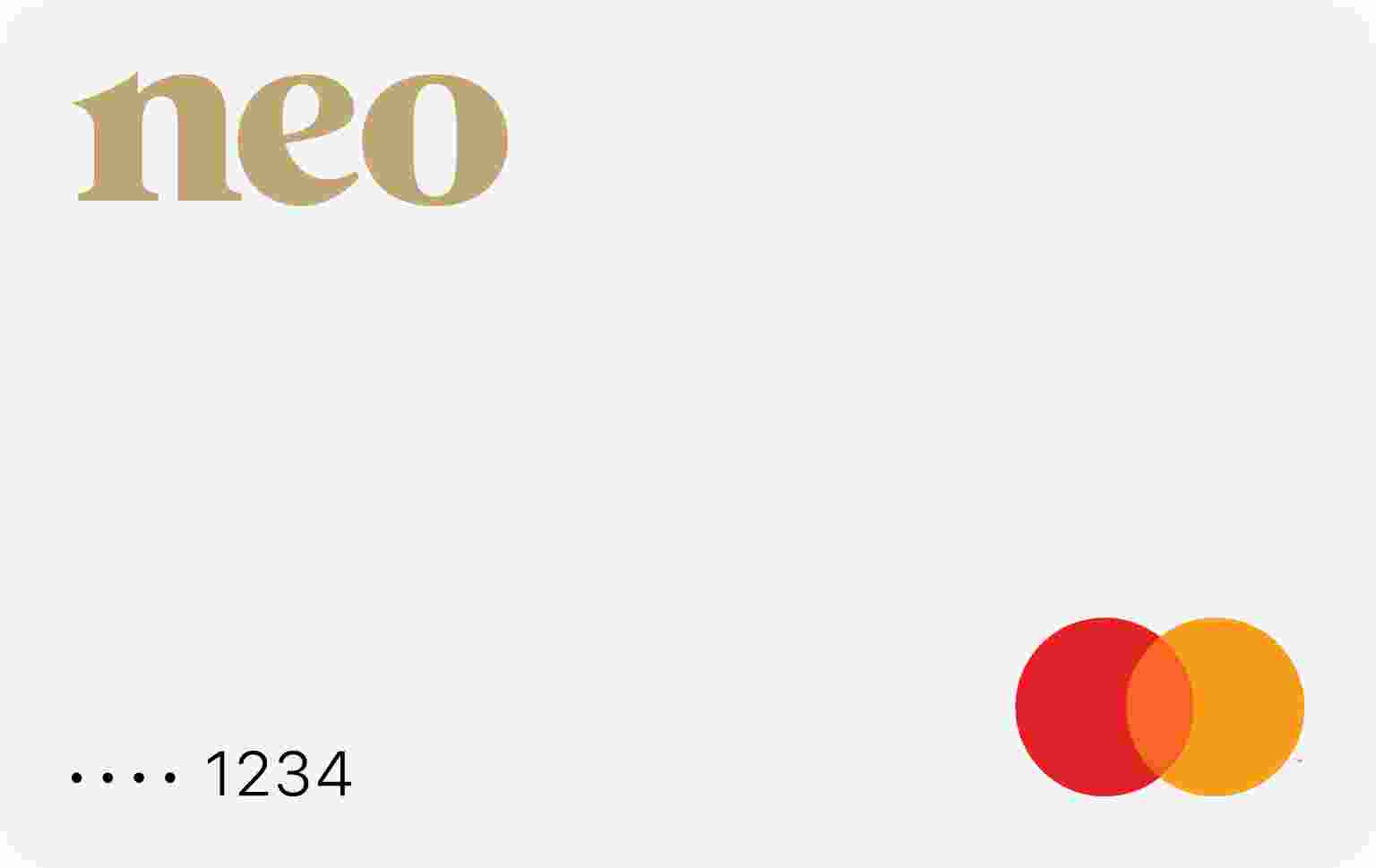Many of us dream of achieving financial success and building wealth but have no idea where to start. Enter the 3 P’s of wealth – a simple yet powerful framework to direct your actions to build and sustain wealth.
The 3 P’s stand for property, portfolio and passive income. In this article, we explore each category and how each of the P’s can help you build wealth and achieve financial freedom.
Learning the three P’s and planning your finances around them can be a great way to build long-lasting financial security, so let’s dive in!
The First P: Property
Property, whether residential or commercial, has long been considered a solid investment. It is considered a good investment for the following reasons:
- Gains value: Property tends to appreciate with time, so if you buy a house now, in ten years, the property value could double. This allows you to build equity and wealth over time.
- Generates rental income: If you rent out your property, you can gain a steady cash flow every month.
- Builds credit: If you take out a mortgage to buy a house and consistently pay your premiums, you will build credit over time. This allows you to take out better loans in the future, which can aid in future financial endeavours.
Overall, owning property can open up other financial opportunities, including further property investments or access to better credit.
Different Types Of Property Investments
There are several types of property investments to consider, and with such a wide range of housing and buildings available, it helps to gain an overview of your options. The most popular investment properties include:
- Residential real estate: This includes single-family homes or condominiums. It’s a popular choice for individuals and can be rented out to tenants.
- Commercial real estate: Commercial real estate includes properties such as office buildings, retail spaces, and warehouses. These investments can offer higher rental yields but often require more capital upfront.
- Real Estate Investment Trusts (REITs): REITs are organizations that own and manage properties. When you invest in a REIT, you can gain exposure to the real estate market without directly owning properties.
- Raw land and new construction: This type of investment is on the riskier side since you need to have a solid development plan and research backing you up. This type of investment entails buying land in a rapidly expanding area and building a new property from start to finish.
There are various ways to invest in property, whether through another organization such as a REIT or as a landlord for a single-family home. Most property investments are an excellent way to build wealth and are a valuable asset if managed correctly.
The Second P: Portfolio
The second P refers to your investment portfolio. While property is an important component of wealth creation, it should not be the sole focus of your investment strategy. You may have considered investment before but were concerned about the risk or needed help figuring out where to start. The key to successful investment is to have a diverse portfolio to manage risks and maximize returns.
Below, we’ve outlined common investments to diversify and expand portfolios:
- Stocks: A well-known, straightforward investment, stocks allow you to buy a small share of a publicly traded company. You can choose to sell your share if the value of the company increases and earn money, however, you could also lose money if the value decreases.
- Bonds: This type of investment allows you to “lend” money to a company (corporate bond) or the government (municipal bond). The person lending the money then returns your money in full by an agreed-upon due date with interest.
- Commodities: A commodity is a physical product, such as metal, energy or meat. When you invest in a commodity and the demand for it increases, you earn more money. There are several ways to invest in commodities, including through a futures contract, stocks, ETFs, or mutual and index funds.
It helps to invest money in various assets so that if things go wrong, you don’t lose your entire investment.
Strategies for managing and growing your investment portfolio
While investment takes trial and error, sufficient research and expert advice, there are a few overall strategies to get the most out of your investment portfolio:
- Adopt a long-term investment mindset: Instead of chasing short-term gains, focus on investments that have the potential to grow and generate returns over an extended period. This can include investing in quality stocks of established companies or index funds that track the performance of a broad market index.
- Rebalance your portfolio: As market conditions and financial goals change, it’s important to reassess your investment holdings and make adjustments as needed. This can involve selling investments that are underperforming or overweighted and reallocating funds to areas that offer better growth prospects.
- Remain open to alternatives: It’s worth exploring alternative investments such as venture capital, private equity, or cryptocurrency. These investments can offer opportunities for higher returns but also come with increased risks. If you do venture into lesser-known alternatives, remember to seek professional advice and conduct thorough research.
In summary, building a diversified investment portfolio is essential for long-term wealth creation. By spreading your investments across different asset classes and adopting sound investment strategies, you can mitigate risk and increase the potential for returns.
The Third P: Passive Income
Passive income is money earned with little effort from your side. It’s the holy grail of wealth creation and allows you to generate money even when you’re not actively working. However, remember that most forms of passive income require considerable effort to get started.
Below are a few examples of passive income:
- Rental properties: Owning real estate and renting out properties can generate a steady income without requiring constant effort. However, rental properties come with responsibilities such as maintenance, tenant screening, and rental administration.
- Dividend-paying stocks: If you are a shareholder and invest in stocks and bonds, you can earn passive income through the company’s dividends. A dividend refers to a sum paid to investors annually out of a company’s profit.
Royalties for intellectual property: If you’ve written a book, recorded music, or put anything out there that requires originality and effort, you can earn money from people purchasing your work without needing to keep working.
Other types of passive income (honourable mentions)
You can earn passive income on various scales. Sometimes, you could earn thousands a day, in other cases, only a few extra dollars a week. To get an idea of the possibilities, below are a few random passive income examples:
- Owning a vending machine.
- Selling stock photos online.
- Running a popular blog or YouTube channel (not strictly passive, but advertisement revenue can be good).
- Offering an online course (pre-recorded)
- Having a high-interest savings account.
With a little creativity, the possibilities are endless. So get out there and get started!
How The 3 P's Of Wealth Work Together For Financial Success
The 3 P’s of wealth – Property, Portfolio, and Passive Income – work together to create and sustain wealth. Property investments provide the foundation for wealth creation, with the potential for appreciation and rental income. A well-diversified investment portfolio further enhances wealth by maximizing returns and managing risk. Finally, passive income sources generate a steady stream of income that can grow over time, providing financial stability and freedom.
The 3 P’s demonstrate that there is more than one route to wealth and offer a roadmap to achieve financial freedom. Remember, wealth-building is a long-term journey that requires careful planning, persistence, and patience. With the right mindset and strategies in place, you can unlock the secrets to financial success.






